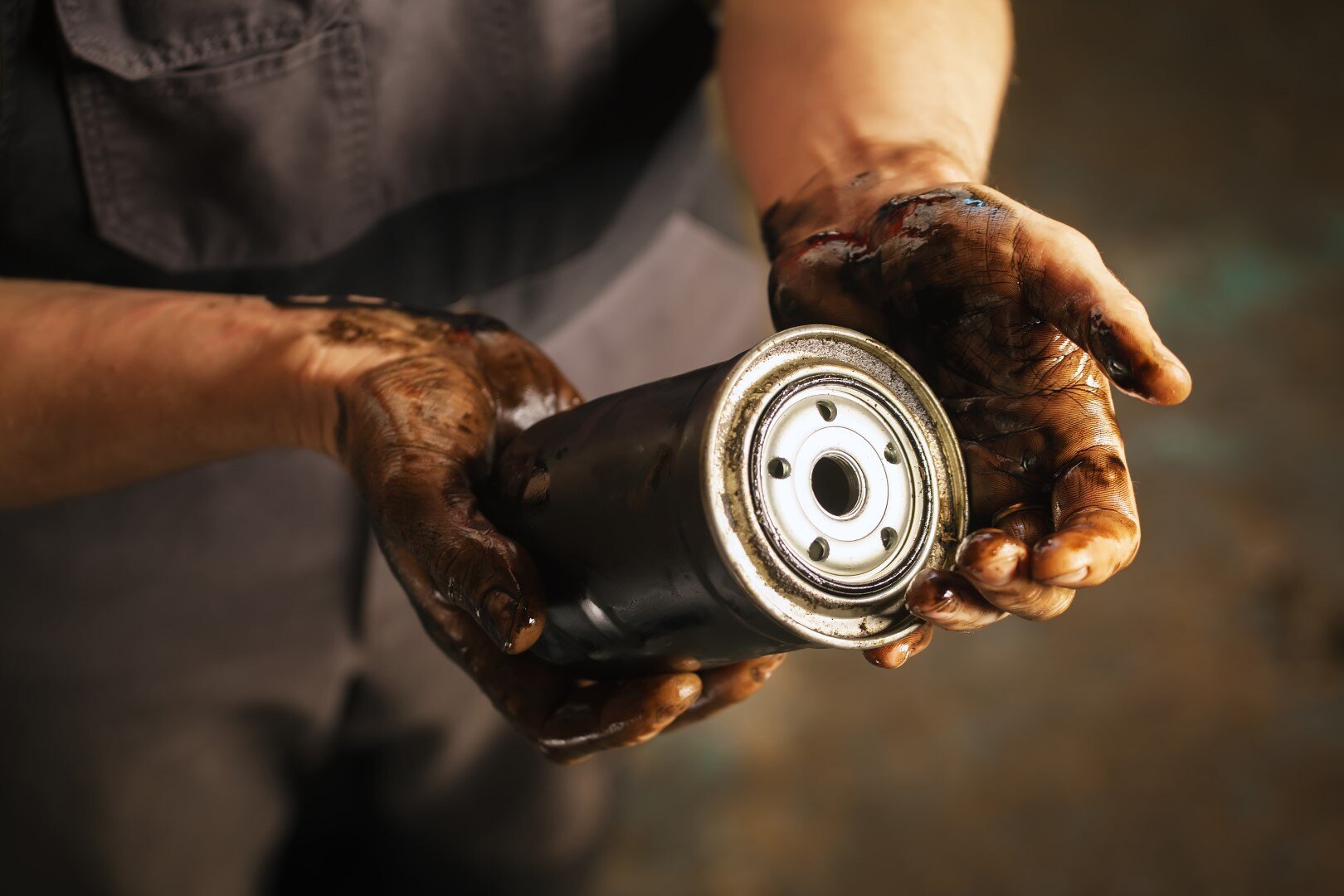Motorcycle oil additives Part 2: ZDDP
The market for oil additives targeted at motorcycle owners is littered with magic formulations all claiming to be the latest and greatest thing....


Over the past decade, owners of classic cars have watched as ethanol has infiltrared the nation’s gasoline supply. Ethanol is an alcohol added to fuel that cleans up emissions from the exhaust of cars. Yet it doesn’t play that well with classic cars.
Motor oils have also been changing over the years. Today’s advanced motor oils have ingredients that older classic car engines never anticipated using.
Like modern fuels, oils today have undergone significant changes from times past. While oil companies have added ethanol to standard gasoline, they have been phasing out ZDDP (zinc dialkyldithiophosphate) from many formulations of engine oil. A compound used in motor oil for over 70 years, it has proven highly effective for protecting parts in an engine from “metal on metal” wear.
Indeed, for many decades, ZDDP was the go-to extreme pressure protection additive added to motor oil, because it worked so well. Originally developed for use in airplane engines, it soon migrated to truck and car engines where it proved effective in anti-wear protection. It’s especially good with problems associated with flat tappets, buckets and followers, as well as the associated lifters operating under high pressure, where metal meets metal and rapid wear is a known problem. It is also useful for lubricating overhead cam lifters.
Not only does ZDDP moderate metal-on-metal wear, it has anti-oxidant and anti-corrosion properties that help prevent car engines from aging.
Motor oil research studies have shown repeatedly that ZDDP is effective in moderating engine wear. So, why remove it? Regulators wanted its use reduced due to long-term toxicity to humans as well as issues with aquatic wildlife. Furthermore, the EPA encouraged reduction of ZDDP in oil because the phosphorus component of the ZDDP causes damage to catalytic convertors, deactivating the emissions-cleaning catalyst over time. Since the EPA’s prime mission is protecting the environment, they saw that as a potential problem.
Classic cars seem to suffer heavily when ZDDP is not present in motor oil. Several years ago, reports of rapid wear and near complete destruction of the cam shaft and lifters in overhauled classic car engines circulated.
Classic car owners bemoan this reduction of ZDDP content in today’s motor oils. They know how well it protected their engines in the past. So what are the options for getting around this?
Some classic car enthusiasts swear by ZDDP-rich aftermarket oil additives. These can be especially important when rebuilding engines. Use ZDDP additives as an added treatment to motor oil during the engine’s break-in period.
Use caution when adding ZDDP additives. Follow the manufacturer’s specifications and measure with care. Too much is just as bad as too little or none.
Add a ZDDP additive to your regular engine oil when you change oil, or, many manufacturers offer motor oils especially made for classic cars. Motor oils specifically blended for vintage cars often will contain a ZDDP additive.
Some manufacturers now offer synthetic oil that includes high amounts of zinc as an additive. Generally, synthetic oils with high zinc packages exceed the standards needed for classic car and vintage cars, no matter how you use the car.
Most oil sold today have additives in them. These include oil stabilizers and viscosity modifiers. This group of additives increase the ability of the oil to protect the engines from damaging contaminants. They also help your motor oil to work well over a variety of temperatures.
Some aftermarket oil additives advertise themselves as being excellent for extreme wear protection. In essence, they set themselves up as alternatives to ZDDP additives. Many of them use chlorinate paraffins as their primary protective ingredient. Makers hype chlorinated paraffins as making oil more slippery. The jury is out on whether the claim is true or not. And it’s also know that chlorinate paraffins break down in the engine environment to produce damaging acidic substances. Not something you want to have going on in your expensive classic car.
Classic car oils need changing every 3,000 miles. Choose an oil containing a ZDDP additive for your classic car. Normal oil, with additives already in it should work just fine if they also contain ZDDP, or use your regular oil and add a ZDDP supplement or another anti-wear protective supplement that does not contain chlorinate paraffins, like X-tra Lube Concentrate.
Photo Credit / Creative Commons / No changes made

The market for oil additives targeted at motorcycle owners is littered with magic formulations all claiming to be the latest and greatest thing....

People know even less about oil additives than they do about fuel additives. Maybe it's because people forget about their oil since they only think...
Classic car owners love their vintage cars. Most owners know their engines inside and out - fuel tank, fuel line, carburetor, spark plugs, ignition.